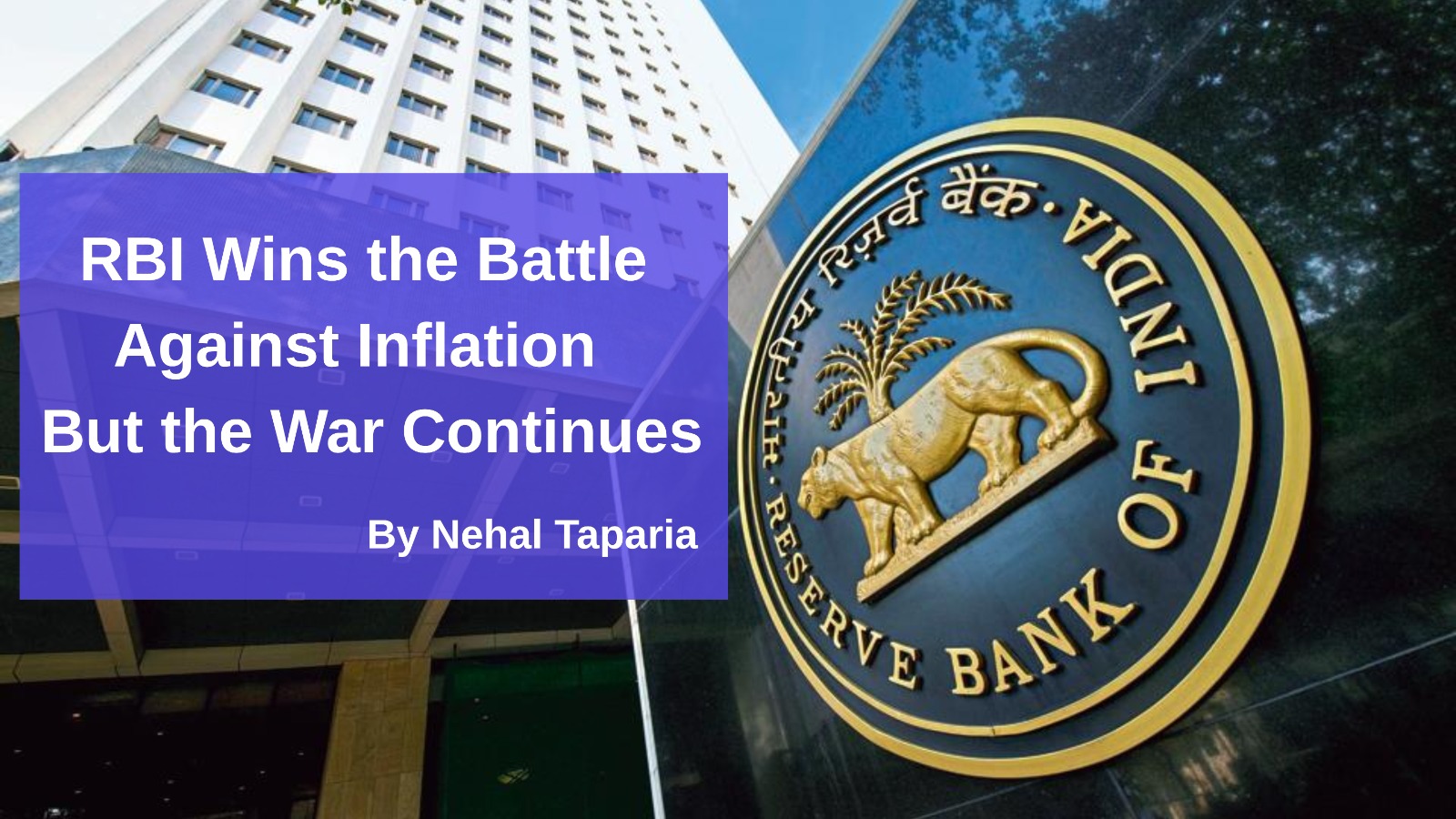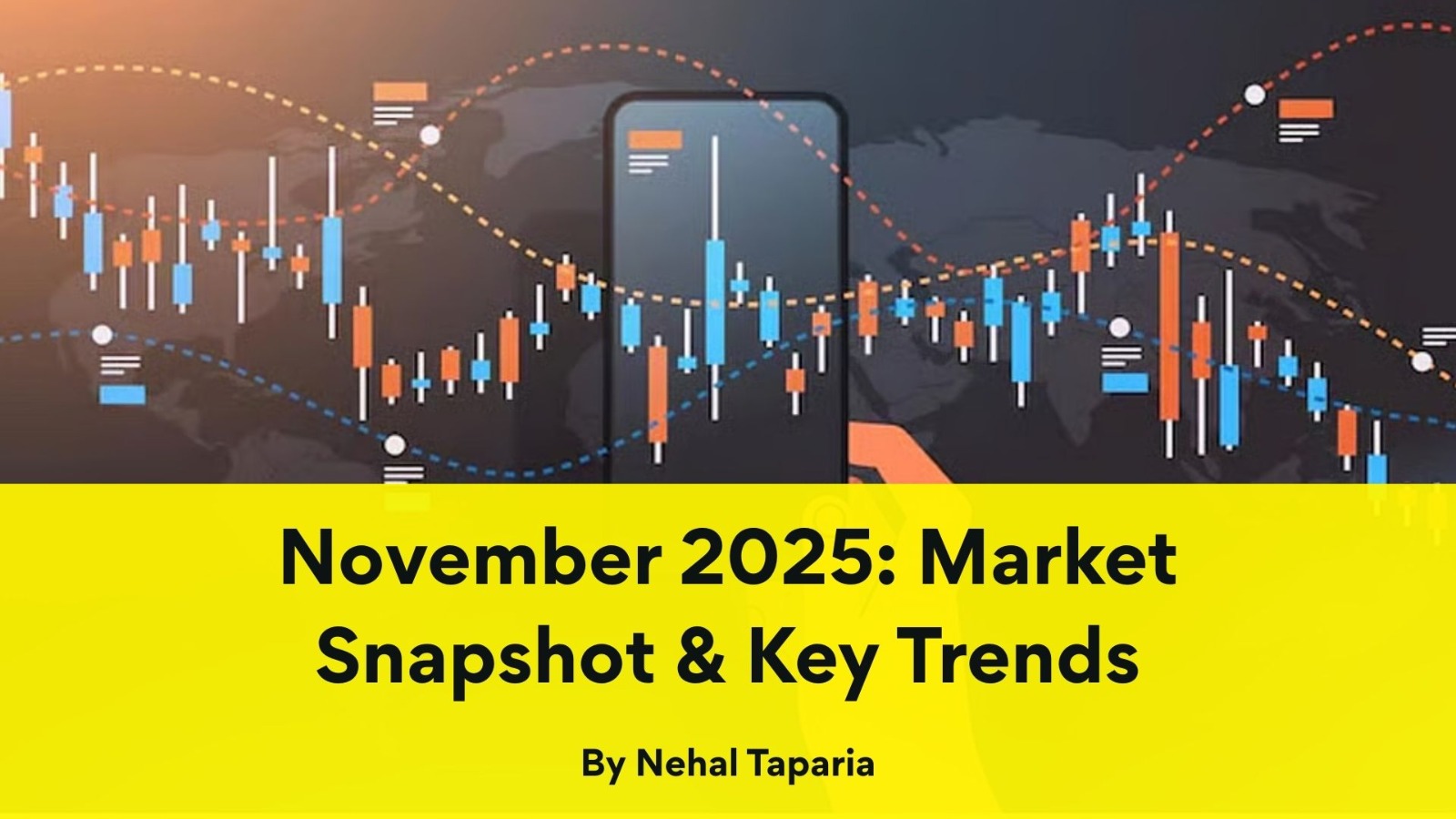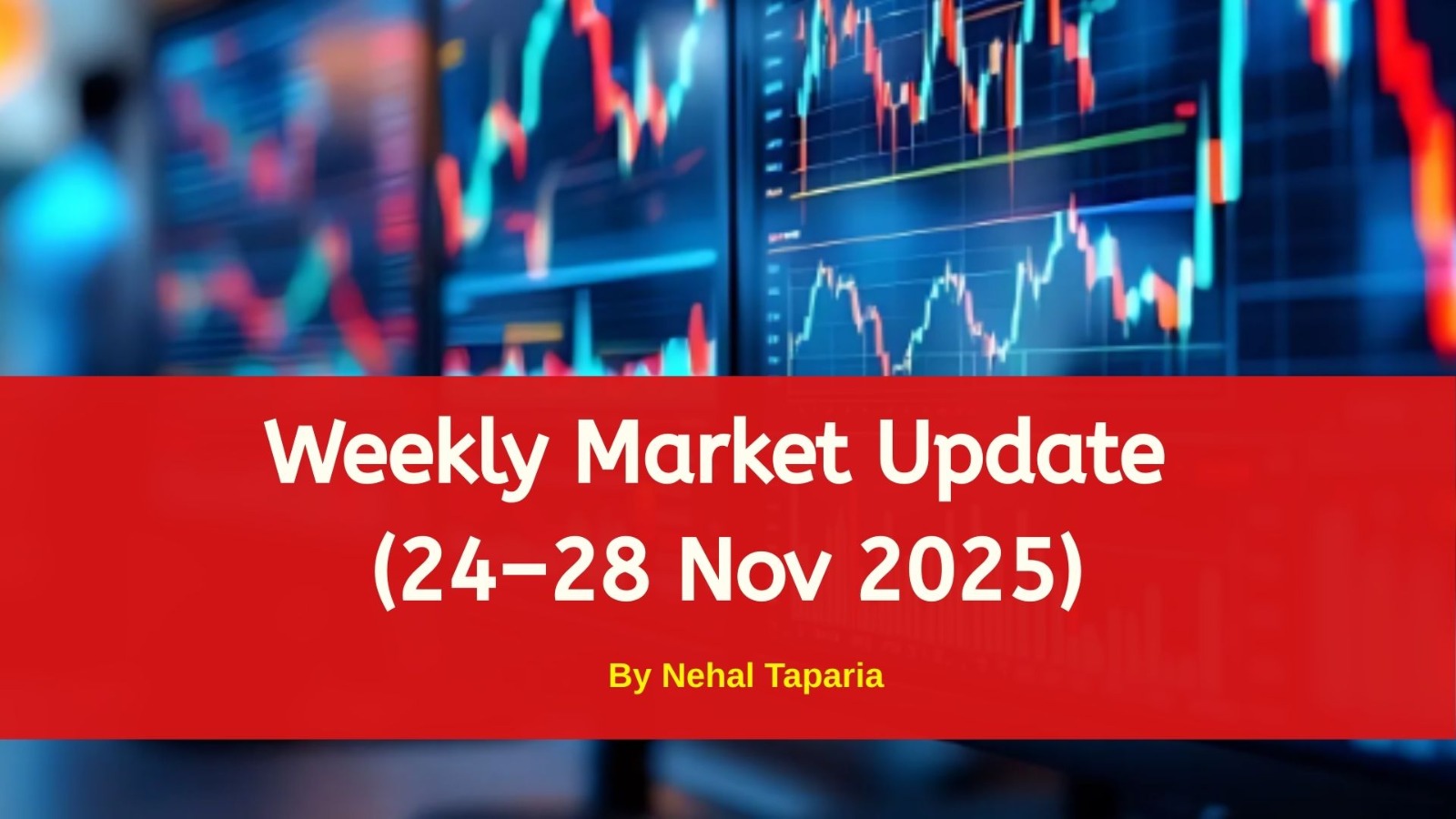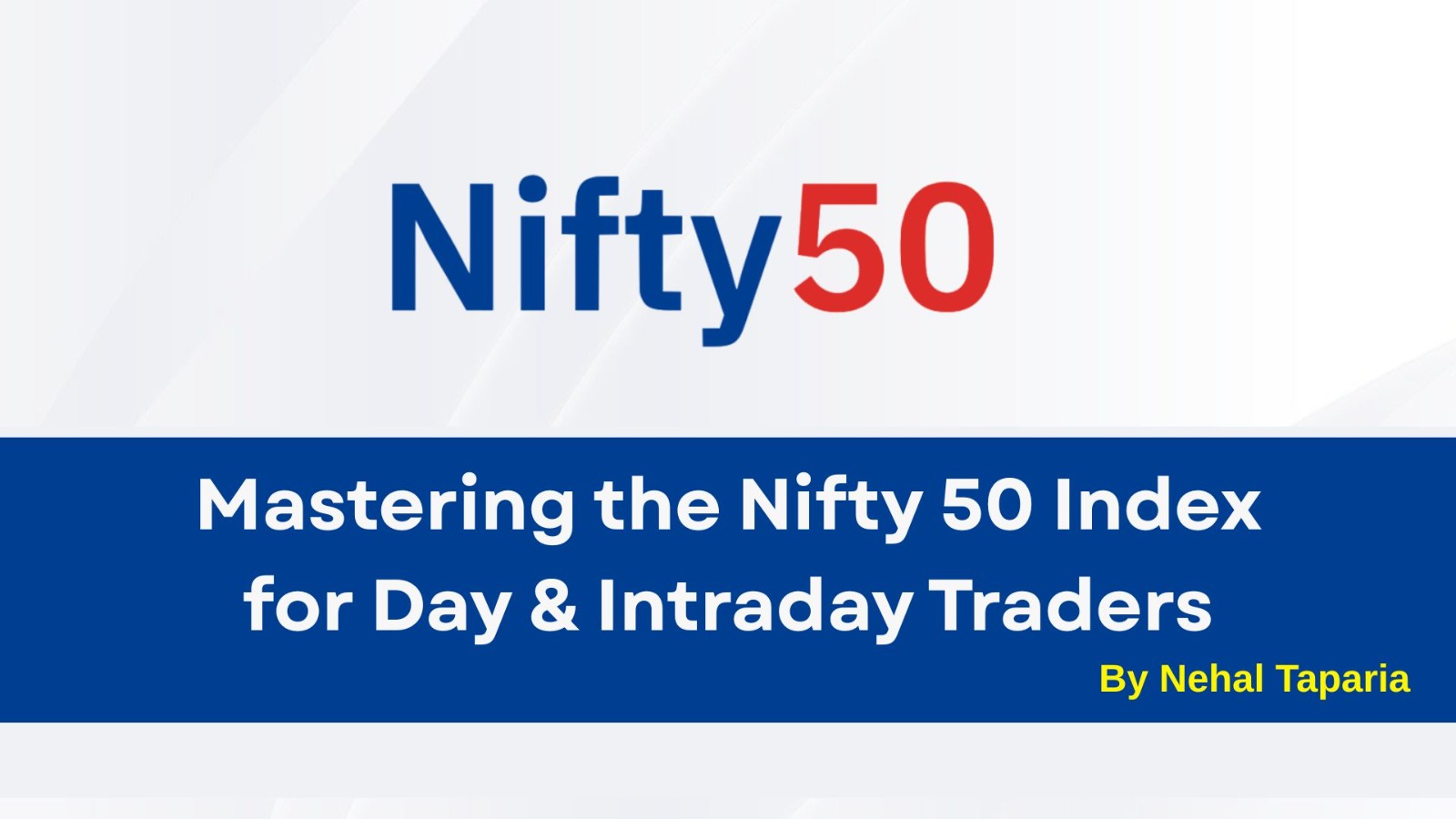RBI Wins the Battle Against Inflation – But the War Continues

RBI Wins the Battle Against Inflation – But the War Continues
India’s fight against inflation has shown meaningful progress. In a recent statement, RBI Governor Sanjay Malhotra affirmed that the central bank has effectively tackled short-term inflation pressures, but acknowledged that the larger battle for price stability is still ongoing.
This statement is significant as it highlights the nuanced position of monetary policy amid evolving macroeconomic trends.
What Did Governor Malhotra Say?
We have won the battle, but the war against inflation continues. It’s a long-term effort to keep inflation within the target range while supporting economic growth,” – Sanjay Malhotra, RBI Governor.
He emphasized that while the Consumer Price Index (CPI) has remained within the RBI’s 4% target for several months, persistent risks like food price shocks, global commodity volatility, and fiscal spending could re-ignite inflationary pressures.
Key Takeaways from the Statement:
1. CPI Inflation Under Control
Headline inflation has remained under 4% for five consecutive months, reflecting the effectiveness of previous rate hikes and liquidity tightening.
2. Food Inflation Is Still a Concern
Vegetable prices, cereal shortages due to erratic monsoon, and milk inflation remain volatile and can lead to short-term spikes.
3. Rupee Volatility Needs Monitoring
The recent depreciation of INR against USD could import inflation through higher crude and raw material costs.
4. Policy Vigilance to Continue
RBI is unlikely to cut interest rates too soon, preferring a watchful pause to avoid reigniting price pressures.
5. Growth vs Inflation Dilemma
While inflation has cooled, RBI must balance it with the need to stimulate private investment and support consumption — especially in rural India.
How It Will Impact the Indian Markets
1. Positive for Bond Market
The confirmation of inflation moderation could bring down long-term bond yields, improving government borrowing costs and investor confidence.
2. Mixed for Equity Markets
While easing inflation is good for consumer and rate-sensitive sectors (FMCG, banks, autos), the delay in rate cuts could dampen short-term enthusiasm in growth-oriented sectors.
3. INR Outlook
Although inflation is under control, rupee weakness and capital outflows can put pressure on currency stability, especially with global uncertainties.
4. RBI’s Stance Supports Macro Stability
Investors can take comfort that RBI is not rushing into policy easing and is prioritizing macroeconomic stability, which bodes well for long-term India story.
Final Thoughts
The RBI’s vigilant yet balanced approach is a reassuring sign for the Indian economy. By acknowledging both success and remaining threats, the central bank reinforces its credibility and independence. While inflation is cooling, the macro landscape remains dynamic.
Investors should stay informed, remain diversified, and align with India’s long-term growth outlook.
By Nehal Taparia
This content is for educational and knowledge purposes only and should not be considered as investment or Trading advice. Please consult a certified financial advisor before making any investment or Trading decisions.
Our Recent FAQS
Frequently Asked Question &
Answers Here
Q1: Has India defeated inflation completely?
No. RBI Governor Malhotra said the short-term battle is won, but risks still exist. Inflation could rise again if food or global commodity prices spike.
Q2: Will RBI cut interest rates soon?
Q3: How does this affect stock markets?
Q4: Will this help the bond market?
Q5: Is this good for common people?
Q6: How should investors respond?
Copyright © By Empirical F&M Academy. Design & Developed by Techno Duniya


.jpg)


.jpeg)




